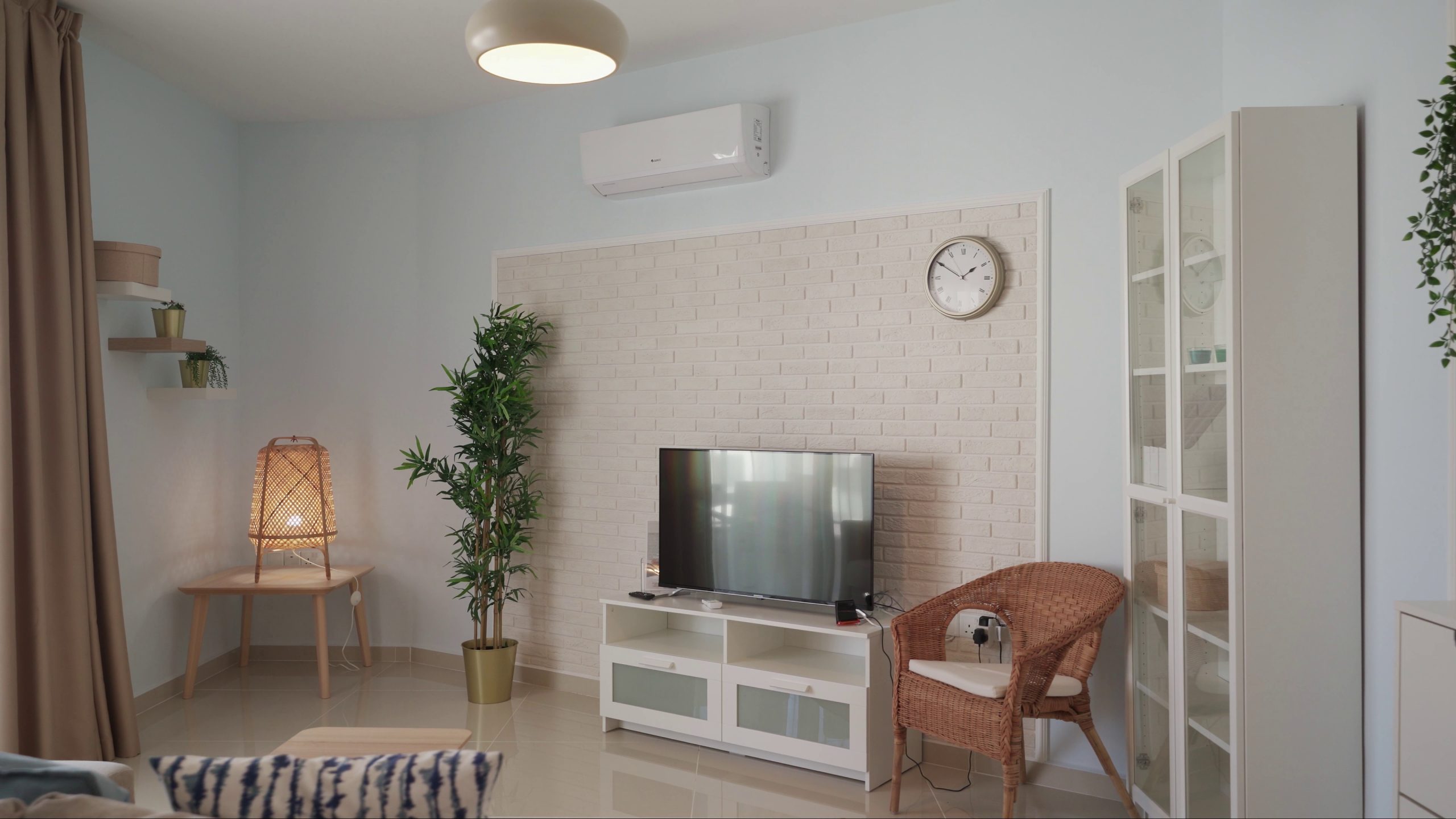How to Choose the Perfect Living Room Lighting Fixtures

The living room is one of the most important spaces in home design. As the first area guests see upon entering, it reflects the homeowner’s aesthetic taste and personality. Beyond the foundational “hardscaping” (structural elements), lighting fixtures—a key part of the later-stage “softscaping” (decorative elements)—play a significant role in shaping the living room’s ambiance and visual appeal. So, how do you choose the right lighting for your living room?
Popular Living Room Lighting Options
- Ceiling Lamps
- Simple, elegant, and cost-effective.
- Chandeliers
- Diverse styles, high aesthetic appeal, and versatile for different decor themes.
- Downlights & Spotlights
- Ideal for supplemental lighting, such as accenting feature walls or hallways.
- Downlights provide broad, ambient light.
- Spotlights focus on highlighting specific objects or areas.
- Linear Lights
- Includes LED strips and light bars, perfect for creating layered lighting and enhancing atmosphere.
- Magnetic Track Lights
- Modular design with customizable light heads (downlights, spotlights, pendant lights) for flexible functionality.
- Grid Ceiling Spotlights
- High-powered, multi-head fixtures often used in “no-main-light” designs for a minimalist, modern look.
6 Tips for Choosing Living Room Lighting
1. Design
Avoid overly intricate styles that are hard to clean. Opt for simple, timeless designs that align with your home’s overall decor.
2. Wattage
Match the fixture’s wattage to your living room size (based on LED lighting):
- 10–20㎡: 40–50W
- 20–30㎡: 60–80W
- 30–40㎡: 100–150W
- 40–50㎡: 220–280W
- 50–70㎡: 300–350W
3. Color Temperature
- Warm white (3000K) is ideal for living rooms, creating a cozy, inviting atmosphere.
- Avoid overly cool tones (e.g., 5000K+) unless for task-specific areas.
4. Color Rendering Index (CRI)
Choose fixtures with Ra 80–90 to ensure accurate color representation, enhancing the room’s textures and decor.
5. Material Quality
- Base: Metal (rust-resistant, heat-resistant).
- Lampshade: Opt for acrylic (90%+ light transmittance, soft glow, durability).
- Body: Copper (premium) or aluminum (budget-friendly, good heat dissipation).
6. Flicker-Free Lighting
Test with your phone’s camera: If the screen shows flickering, the light may cause eye strain. Always choose flicker-free fixtures.
Lighting Types Explained
1. Ceiling Lamps vs. Chandeliers
- Ceiling lamps are minimalist and practical.
- Chandeliers add drama and style, suiting both modern and classic interiors.
2. Downlights vs. Spotlights
- Downlights: Broad, ambient illumination.
- Spotlights: Focused beams for highlighting art, shelves, or architectural details.
3. Linear Lights
- Installed as surface-mounted or recessed strips to outline ceilings, walls, or furniture, adding depth and modernity.
4. Magnetic Track Lights
- A flexible system where you can mix and match light modules (e.g., spotlights, pendant lights) on a single track.
5. Grid Ceiling Spotlights
- A staple in contemporary “no-main-light” designs, these high-intensity fixtures provide uniform, glare-free illumination.
Final Thoughts
The right lighting transforms your living room into a harmonious blend of function and style. Prioritize simplicity, proper sizing, and warm tones to create a space that’s both welcoming and reflective of your personal taste. Whether you opt for a statement chandelier or a sleek magnetic track system, let your lighting choices illuminate your home’s best features!
💡 Lighting isn’t just about brightness—it’s about crafting an experience.
